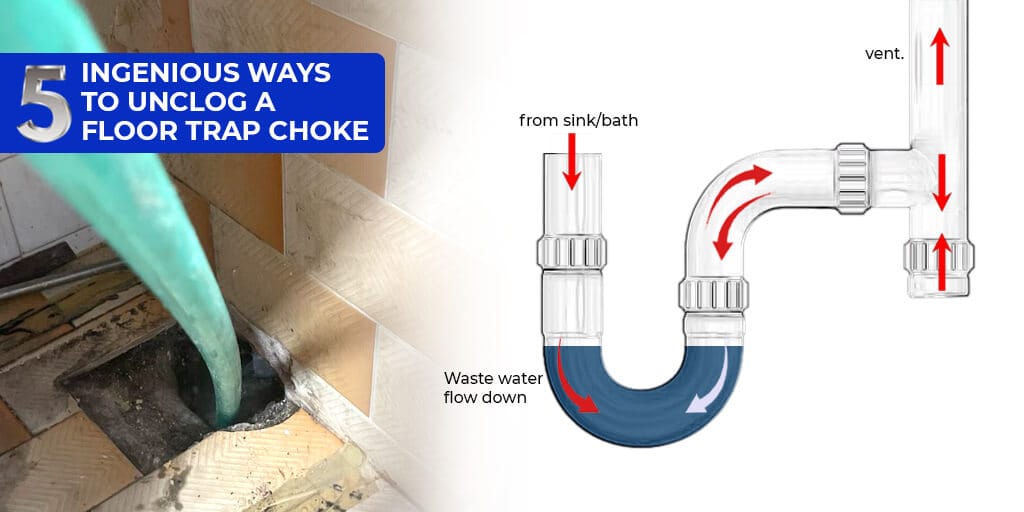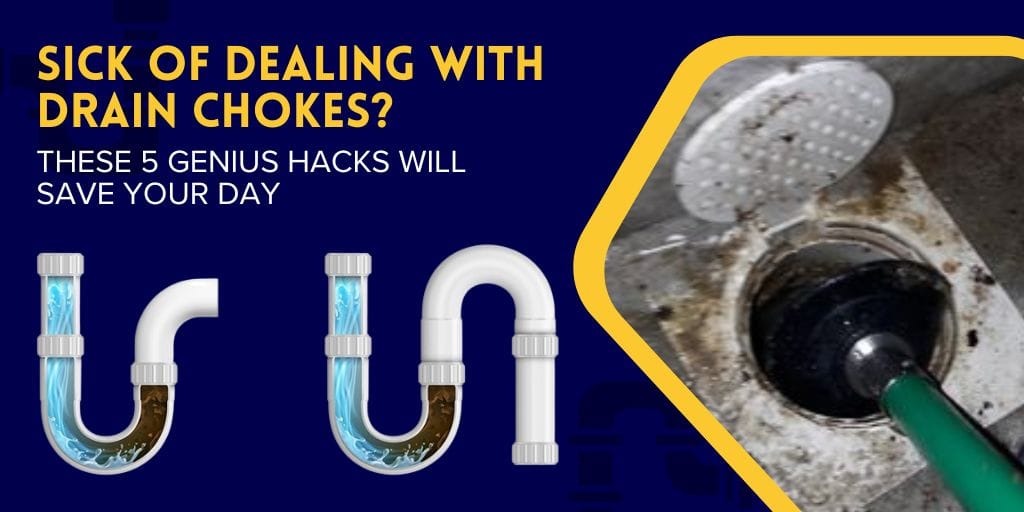Do you know what’s the main reason for your ceiling damage? It’s moisture. It’s a nightmare for every homeowner. It causes mold, stains, and even structural damage. But how do you protect your ceiling, especially in damp areas?
That’s where waterproof false ceiling solutions come in. These ceilings are made from strong materials like PVC, metal, and moisture-resistant gypsum. In this article, we’ll walk you through some of the best waterproof false ceiling materials, their benefits, and how to install them to keep your home safe and stylish.
Common Moisture-Related Problems in Ceilings
- Mold and Mildew Growth: Moist ceilings are the perfect place for mold and mildew to grow. These can cause breathing problems, allergies, and other health issues.
- Structural Degradation: When ceilings gets wet for a long time, the materials inside start to weaken. This can lead to sagging, cracks, or even parts of the ceiling falling down.
- Aesthetic Concerns: Moisture can leave ugly stains, peeling paint, and a bad smell in your home.
Waterproof False Ceiling Materials
PVC (Polyvinyl Chloride) Panels
- Water Resistance: PVC panels are waterproof. They are a perfect choice for bathrooms, kitchens, and other humid areas.
- Durability and Maintenance: These boards come with moisture-resistant additives, making them a great choice for any damp area.
- Design Versatility: PVC panels come in many colors and patterns. You can easily match them to any room style you want.
Moisture-Resistant Gypsum Boards
- Enhanced Composition: These boards have built-in moisture-resistant additives, making them perfect for damp areas.
- Applications: It’s perfect for kitchens and bathrooms. It has the right balance between practicality with a minimalist, contemporary appearance.
Metal Ceilings
- Material Properties: Metals like aluminum and steel are naturally water-resistant. When they are exposed to moisture, they don’t bend or swell.
- Finishes and Coatings: They have protective layers added to the surface. It stops rust and gives a clean, polished look.
Stone Wool Ceiling Panels
- Hydrophobic Nature: Stone wool panels don’t absorb water. They stay strong and firm even in very humid spaces.
- Additional Benefits: Besides being water resistant, stone wool also blocks noise and can slow down the spread of fire.
Design Considerations for Moisture-Prone Areas

Bathrooms and Kitchens
- Material Selection: Go for strong, water-resistant materials such as PVC panels or metal ceilings. They are great for wet areas and are easy to clean.
- Seamless Installation: Check if al the panels are sealed. This prevents water from getting behind the panels and damaging what you can’t see.
Basements and Laundry Rooms
- Durable Options: Choose materials such as moisture-resistant gypsum board or stone wool panels. They’re durable enough to withstand moist air and the occasional splash of water.
- Ventilation: Install good fans or vents. Moving the moist air out quickly helps keep the ceilings dry and in good shape for longer.
Installation and Maintenance Tips
Professional Installation
- Expertise Required: By hiring professionals you can make sure the ceiling is installed properly and avoid any future water problems.
- Proper Sealing: By careful sealing around all joints and edges, you can block water from getting in and causing hidden damage.
Regular Maintenance
- Cleaning Routines: You should regularly clean it. This simple habit helps stop mold before it starts.
- Inspections: Take a few minutes now and then to check for small leaks or cracks. Catching problems early saves you from bigger repairs down the road.
Understanding Moisture and Its Impact on Ceilings
Common Causes of Moisture Damage
- High Humidity: When humidity is high, extra moisture is absorbed by ceilings, which can result in stains, sagging and decay.
- Water Leaks: Ceiling damage can escalate quickly with even a small leak. What begins as a drip can eventually cause irreparable damage.
- Poor Ventilation: Without proper airflow, moisture starts to build up inside. The trapped moisture is ideal for mold, mildew and rot to grow.
- Condensation: Wet spots on the ceiling or near vents are often signs of condensation. While it moves slowly, this condensation will gradually wreck your ceiling.
Signs of Moisture Damage
- Peeling or Bubbling Paint: If your ceiling paint is peeling or bubbling, that’s usually one of the first warning signs of hidden moisture.
- Water Stains: Brown or yellow stains on the ceiling often mean water stains.
- Mold and Mildew: If you spot any black, green, or white patches, it’s likely mold or mildew. These not only damage your ceiling but also your health.
- Warping or Sagging: If parts of your ceiling start to sag or crack, it’s time to act fast. These means the moisture damage has gotten serious.
Best Waterproof False Ceiling Materials
PVC False Ceilings
- 100% Waterproof: As the PVC ceiling is entirely waterproof, it makes them the best choice for bathrooms, kitchens and any wet area.
- Low Maintenance: You can easily clean them with just a cloth. You don’t need special cleaning products for this.
- Available in Multiple Colors and Designs: If you want a stylish ceiling, PVC panels are available in various colors and patterns.
Metal False Ceilings (Aluminum & Steel)
- Rust-Resistant: Aluminum and steel are naturally rust-resistant. They are great options for damp areas, such as kitchens, bathrooms and basements.
- Sleek and Modern: Metal ceilings provide a sleek, modern appearance that can turn any room into a high-end space.
- Fire-Resistant: In addition to being water resistant, metal ceilings are also fire resistant.
Moisture-Resistant Gypsum Board
- Moisture and Mold Resistance: These boards can easily resist moisture and mold in damp areas.
- Good Ventilation: They work best when humidity is controlled with fans or vents, making them perfect for kitchens and bathrooms.
- Requires Sealing: To keep them in good shape, you’ll have to seal all edges properly and check for water damage, once in a while.
Acrylic and Fiber Cement Boards
- Highly Durable: Both acrylic and fiber cement boards are highly durable and moisture resistant. They are perfect for high-humidity areas.
- Great for Patios and Humid Spaces: These boards are strong and durable even in damp places like patios, laundry rooms, and other high-moisture areas.
- Stylish Finish: You can easily paint them or add textures to match your style.
Design and Aesthetic Considerations
Best Colors and Finishes for Waterproof Ceilings
- Glossy vs. Matte: Glossy finishes bounce light and can make a room feel brighter and more open. Whereas matte finishes create a nice, soft elegant look, that is also ideal for hiding imperfections.
- Light vs. Dark Colors: Pale tones like white or beige can create the illusion of size and airiness in a room. Darker shades add a sense of warmth and comfort, that’s ideal for setting a more intimate scene.
Integrating Lighting with Waterproof Ceilings
- LED Strip Lighting: LED strip lighting is concealed from the top of the ceiling. It adds a cool, contemporary aesthetic.
- Cove Lighting: Cove lights produce a diffuse, indirect light. Ideal for those who like a clean and simple look.
- Recessed Spotlights: It enhances the aesthetics and functionality of your ceiling.
Installation Tips for Waterproof False Ceilings.
Professional vs. DIY Installation
- Why Hire Experts?: With professional installation, you can make sure your ceiling is properly sealed and secured. It also prevents mostizer damage.
- DIY Mistakes: Even small mistakes like poor sealing or incorrect placement can lead to leaks or mold.
Key Considerations During Installation
- Ventilation: To prevent moisture and mold, you need proper airflow.
- Sealing Joints and Edges: Seal every joint and edge tightly. It stops water from getting in and causing some serious damage.
- Waterproof Coatings: Make sure your material is thoroughly coated with a good quality, flexible, waterproof coating.
Conclusion
Waterproof false ceiling solutions are ideal for damp areas as it allows you to protect your ceiling from moisture. You can protect your house from leaks and stains by choosing your material like PVC, gypsum or metal. With regular cleaning and sealing, you will be able to enjoy your ceiling for a long time.
So, don’t wait anymore. Select the best waterproof materials and enjoy your ceiling for years to come.

